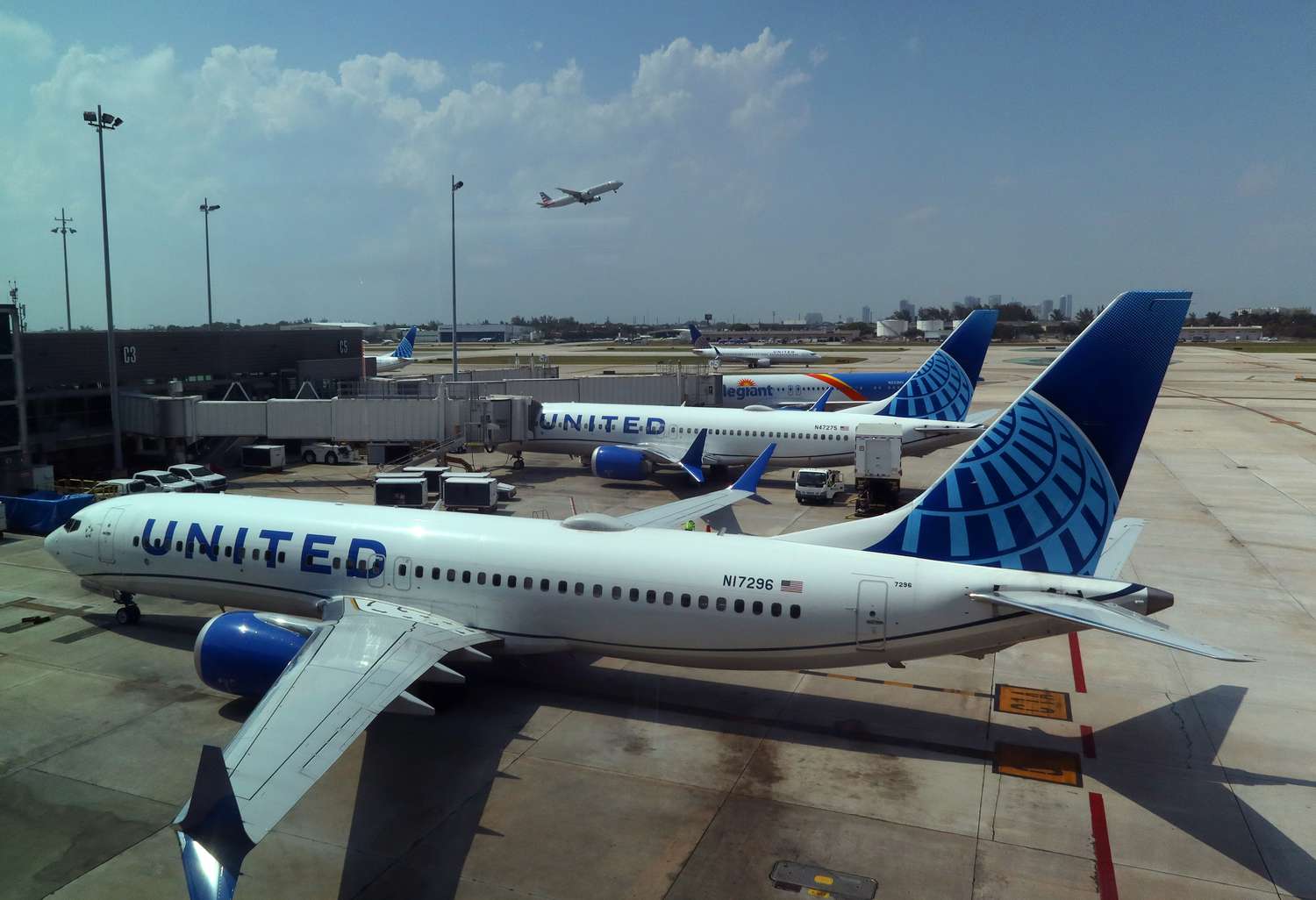Key Takeaways
- United Airlines was the best-performing stock in the S&P 500 on Wednesday, gaining 12% and trading at its highest level since February 2020, when the spread of Covid-19 first began to rattle travel stocks.
- United executives said the U.S. airline industry had reached an “inflection point,” and forecast yields and margins would improve next year.
- Business travel, executives said, has continued to recover from its pandemic slump, helping to push U.S. airport traffic to record highs.
United Airlines (UAL) was the best-performing stock in the S&P 500 on Wednesday after the carrier’s executives said the airline industry had reached a long-awaited “inflection point,” supporting the company’s rosy business outlook.
Wednesday’s 12% advance put United shares at their highest level since February 2020, when the spread of Covid-19 first began to rattle travel stocks. The last few years have been a rollercoaster ride for airlines and their shareholders, who’ve weathered a global pandemic, soaring inflation, and the highest oil prices in nearly a decade.
United executives say the tide is turning in their favor, vindicating the bulls who have bid up airline stocks in recent months. The U.S. Global Jets ETF (JETS), composed of airlines, jet makers, and other travel stocks, has risen more than 30% since slumping amid a broad stock market sell-off in early August.
Delta Air Lines (DAL) shares rose nearly 7% on Wednesday, putting them, like United, at their highest level since February 2020.
What Is Lifting Airline Stocks?
Airfare pricing trends improved throughout the third quarter as the air travel industry reached the “inflection point” United executives had forecast.
“We’re seeing unprofitable capacity begin to exit the market, leading to the expected domestic yield improvement,” CEO Scott Kirby told analysts Wednesday morning on the company’s earnings call, a transcript of which Investopedia obtained from AlphaSense.
Tough competition between America’s largest carriers and budget airlines has put pressure on airfares, which have declined nearly 5% this year according to official inflation data.
United executives are optimistic that the worst of the industry’s oversupply problem is behind them. Domestic passenger revenue per average seat mile (PRASM), a key performance measure for airlines, was positive in August and September after declining by more than 4% in July, according to chief commercial officer Andrew Nocella.
Nocella attributed much of the company’s third-quarter revenue challenges to “weak yields” on domestic leisure travel. “As we look into Q1, we’re selling these very same tickets at yields that are much higher,” he said.
Travel Demand Remains Healthy
Travel demand has slowed from the heyday of post-pandemic “revenge travel” in 2022, but remains robust. U.S. airports have seen record-high traffic this year, according to TSA throughput data.
Healthy leisure travel has been supplemented by a pick-up in business travel as companies have either implemented return-to-office mandates or embraced hybrid work and encouraged remote employees to make occasional trips to offices. Contracted corporate revenue increased 13% in September, putting sales to corporate clients on track to fall just short of their 2019 level.
Improving corporate travel demand, which executives said was strongest at coastal hubs serving the tech, finance, and professional services industries, were “creating a great setup for 2025,” said Nocella.

